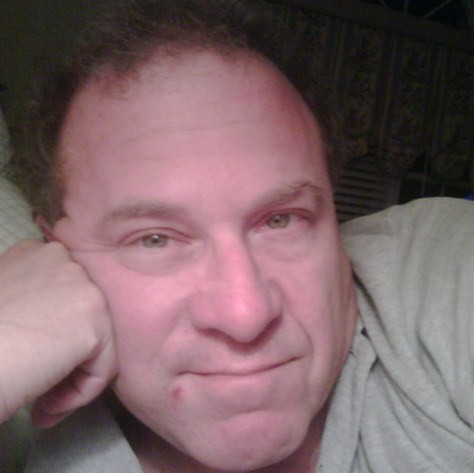5th Annual Winter
Conference on Brain Function/EEG, Modification & Training:
Advanced Meeting Colloquium Feb 21-25,1997 Palm Springs CA, Organized by Rob Kall
Abstract
SELF-REGULATION OF INTERHEMISPHERIC ASYMMETRY
IN SCHIZOPHRENIA
Jennifer Wild, John Gruzelier, Elinor Hardman
and Rasheed Zaman
- Professor John Gruzelier, Dept. Of Psychiatry,
- Charing Cross and Mestminster Medical School
- St. Dustans Rd., London, W6 8RF, UK
Over years we have shown that schizophrenic patients, both
undrugged and medicated, have asymmetries of hemispheric function which reduce or
reverse when symptoms improve or remit.
The asymmetries and direction of reversal are syndrome dependent. We therefore reasoned
that self regulation of interhemispheric asymetry may have therapeutic benefits.
First we set out to examine the ability of schizophrenic patients admitted to a
district general hospital to learn self regulation as a prelude to a training
programme.
Here we report on the ability of 10 schizophrenic patients to learn
lateralised interhemispheric control of slow cortical potentials across electrode sites
C3-C4 during 10 sessions of visual EEG biofeedback. Subjects were divided into three
groups: those characterised by a withdrawn syndrome (right>left) formed Group 1,
subjects characterised by the active syndrome (left>right) formed Group 2, and subjects
with mixed symptoms (both active and withdrawn) formed Group 3.
All subjects were told to use contralateral body sensations to guide
a rocket on a screen, initially centrally placed, which rose to indicate an increase in
left hemisphere negativity (relative to the right hemisphere) and fell to indicate an
increase in right hemisphere negativity. Data were analysed for subjects! ability to
generate correct direction shifts in A (move right) and B trials (move left) trials across
the three blocks of twenty trials in the ten sessions. Previous research with
normals suggested that withdrawn syndrome subjects would show superior performance.
A preliminary analysis of this ongoing study found that mixed syndrome patients, i.e., the
more symmetrical group were the only ones to learn lateral SCP control at the central
placements.
We gratefully acknowledge a Senior Investigator Award from NARSAD
and a grant from the L.S. Saugstad Fund.
Return to Neurofeedback Central Home Pag e
| 



